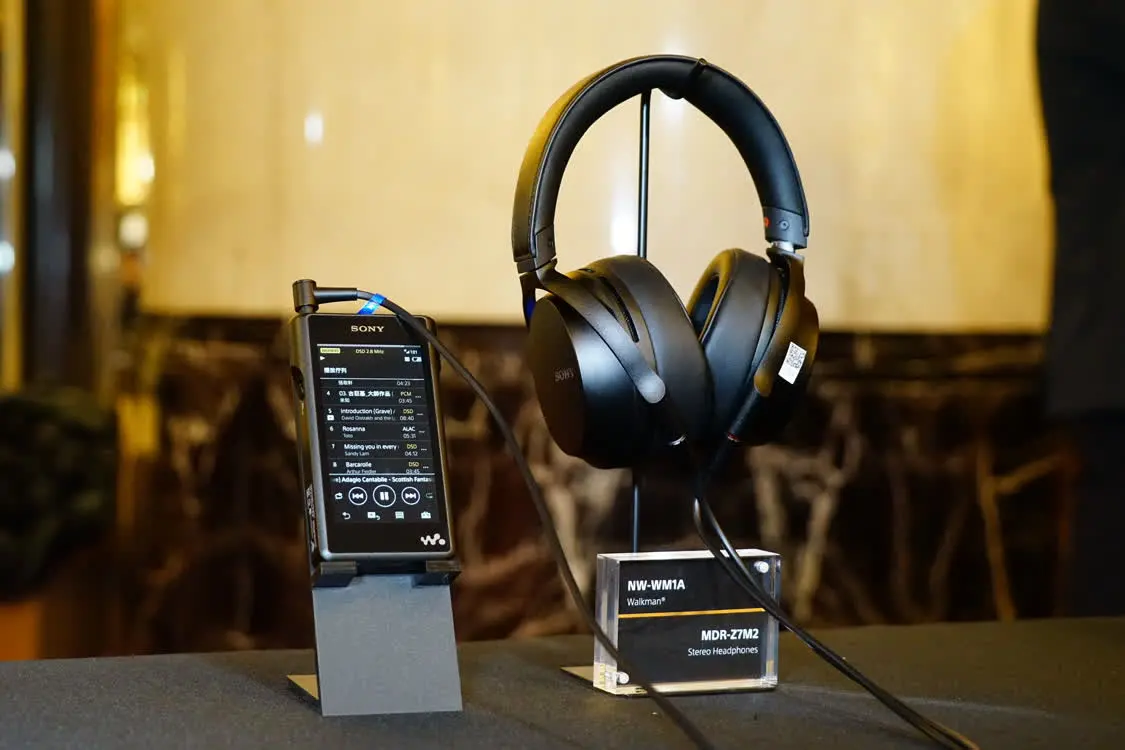
SONY MDR-Z7M2 Hi-Res Headphones Review
I. Introduction: Setting the Stage for Hi-Res Listening
In an era where digital music continues to evolve, the pursuit of high-fidelity audio has garnered significant attention from enthusiasts and casual listeners alike. Headphones play a pivotal role in delivering this elevated sonic experience, offering a direct and intimate connection with the nuances of recorded music. Within this dynamic landscape, the SONY MDR-Z7M2 headphones emerge as a notable contender in the Hi-Res audio market. This review aims to provide a comprehensive analysis of the MDR-Z7M2's performance and features, offering potential buyers and audio aficionados a detailed understanding of what these headphones bring to the table.
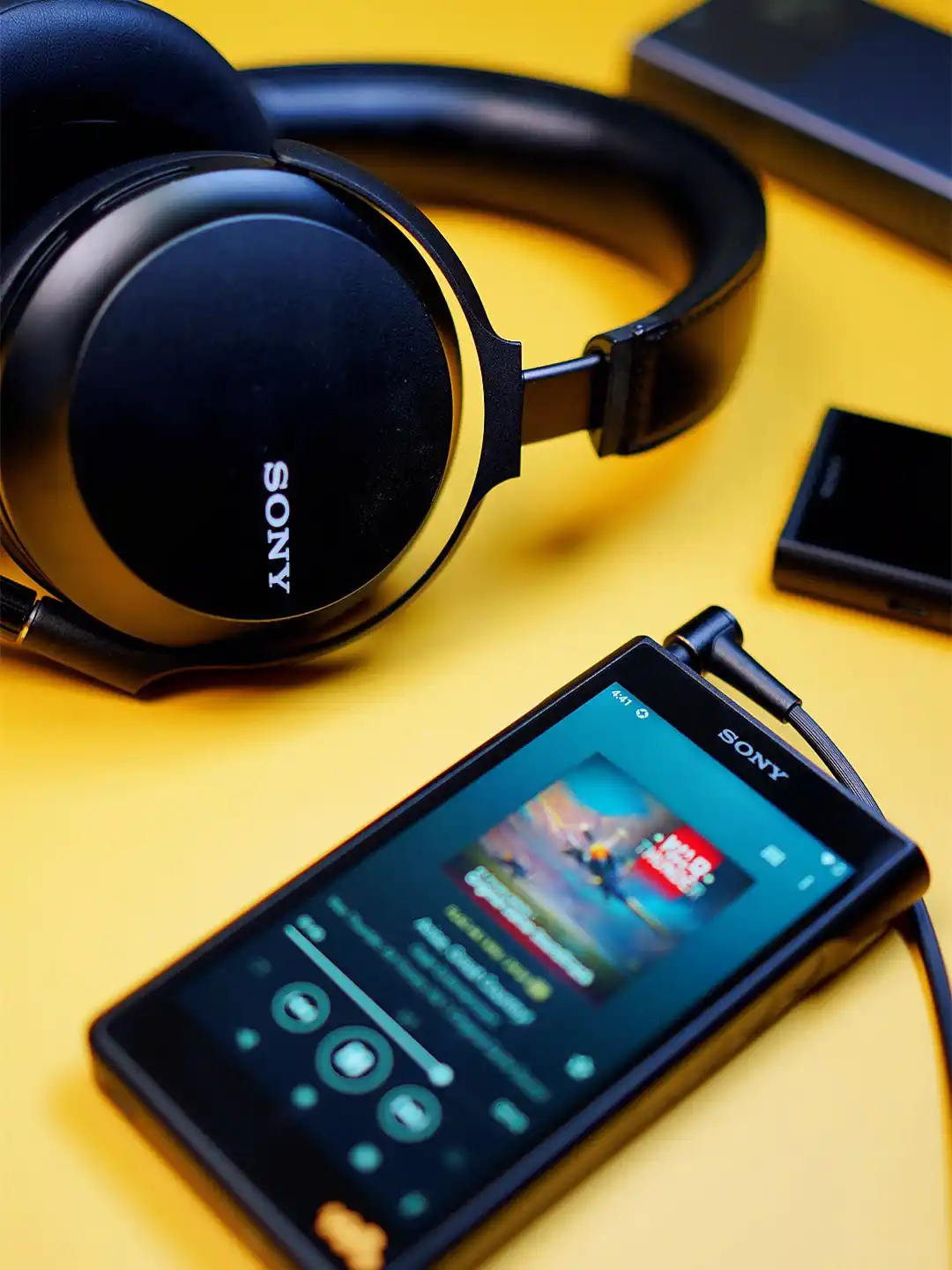
SONY boasts a long-standing and respected legacy in the audio industry, producing a wide array of products catering to diverse needs and preferences. The MDR-Z7M2 occupies an interesting position within their headphone lineup. While not positioned as the absolute flagship, a distinction held by models like the MDR-Z1R, the Z7M2 represents a significant step up from more mainstream offerings, aiming to bridge the gap between premium sound quality and relative accessibility . Understanding this positioning helps to frame expectations regarding its performance and price point. Sony emphasizes several key features for this model, including newly developed 70mm HD driver units designed to cover most listeners' ears and reproduce a broad frequency range from 4Hz to 100kHz, ensuring compatibility with the richness of Hi-Res audio files .
II. Design and Comfort: A Marriage of Form and Function?
A. Physical Attributes and Materials
The SONY MDR-Z7M2 headphones present a sophisticated and understated aesthetic. The construction incorporates materials designed for both durability and a premium feel. Aluminum alloy is utilized for the hangers and sliders, forming the structural backbone of the headphones, which contributes to both a lightweight feel and long-term resilience . A notable design element is the Fibonacci-patterned grill covering the 70mm drivers. This pattern, made of stiff resin, is not merely a visual flourish; it serves a functional purpose by aiming to reproduce the intended sound properties smoothly and minimize sound damping from the grill at ultra-high frequencies, a critical aspect for Hi-Res audio reproduction . The weight of the headphones is approximately 340 grams , which is a consideration for prolonged usage. While not exceptionally heavy, the distribution of this weight and the design of the contact points are crucial factors in determining overall comfort during extended listening sessions.
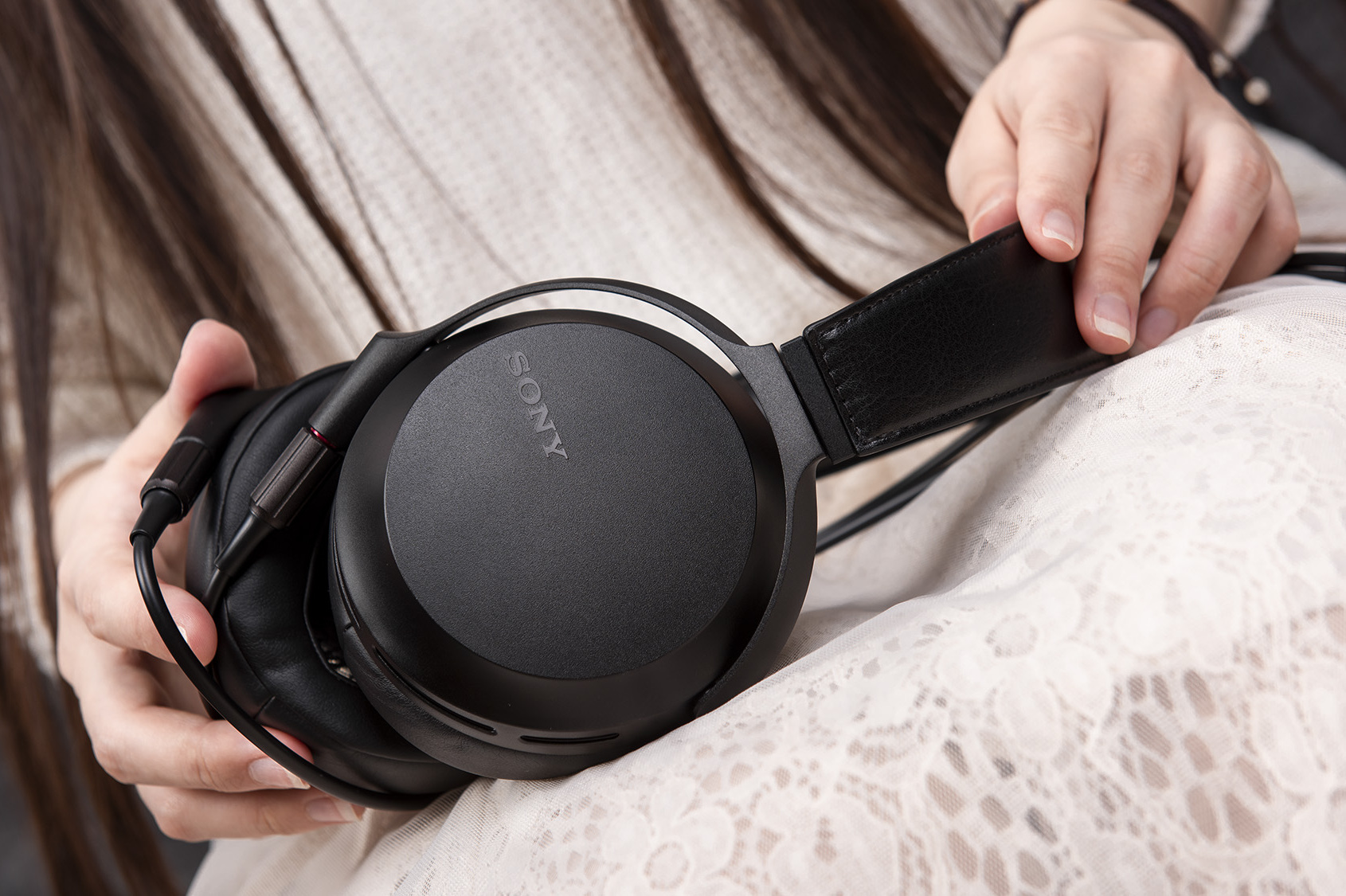
B. Ergonomics and Earpads
Comfort appears to be a significant design priority for the MDR-Z7M2. The earpads are crafted with a combination of three-dimensionally sewn synthetic leather surfaces and very thick low-repulsion urethane foam cushioning . This ergonomic shape is specifically designed to conform to the natural contours of the head, distributing pressure evenly across the contact area . This thoughtful design aims to reduce sound leakage by enhancing the airtightness of the seal around the ears, which is also beneficial for delivering powerful bass response . Customer feedback largely corroborates these design intentions, with numerous users reporting that the headphones are very comfortable, even during long listening sessions . Some users have even mentioned forgetting they were wearing them, highlighting the success of the ergonomic design . However, not all opinions are uniformly positive. One user expressed a preference for lambskin leather over the synthetic leather used in the earpads , a sentiment often related to breathability and long-term durability expectations. Additionally, a user with larger ears noted that the Fibonacci grille might press into their ears slightly, indicating a potential limitation for individuals with specific anatomical features .
C. Cables and Connections
The SONY MDR-Z7M2 demonstrates a commitment to versatility by including two distinct headphone cables in the box: a standard headphone cable and a balanced-connection headphone cable equipped with a Φ4.4mm plug . The inclusion of a balanced cable is a significant feature for audiophiles who utilize audio sources with balanced outputs, as this type of connection can potentially lead to improved sound quality by reducing noise and interference through the separation of left and right sound signals . Furthermore, a Uni-match Plug Adaptor is also provided, adding to the connectivity options . While the inclusion of these cables is generally seen as a positive aspect, one user noted a potential drawback: the cable seemed to transfer a noticeable amount of contact noise, which could be distracting in quiet environments .
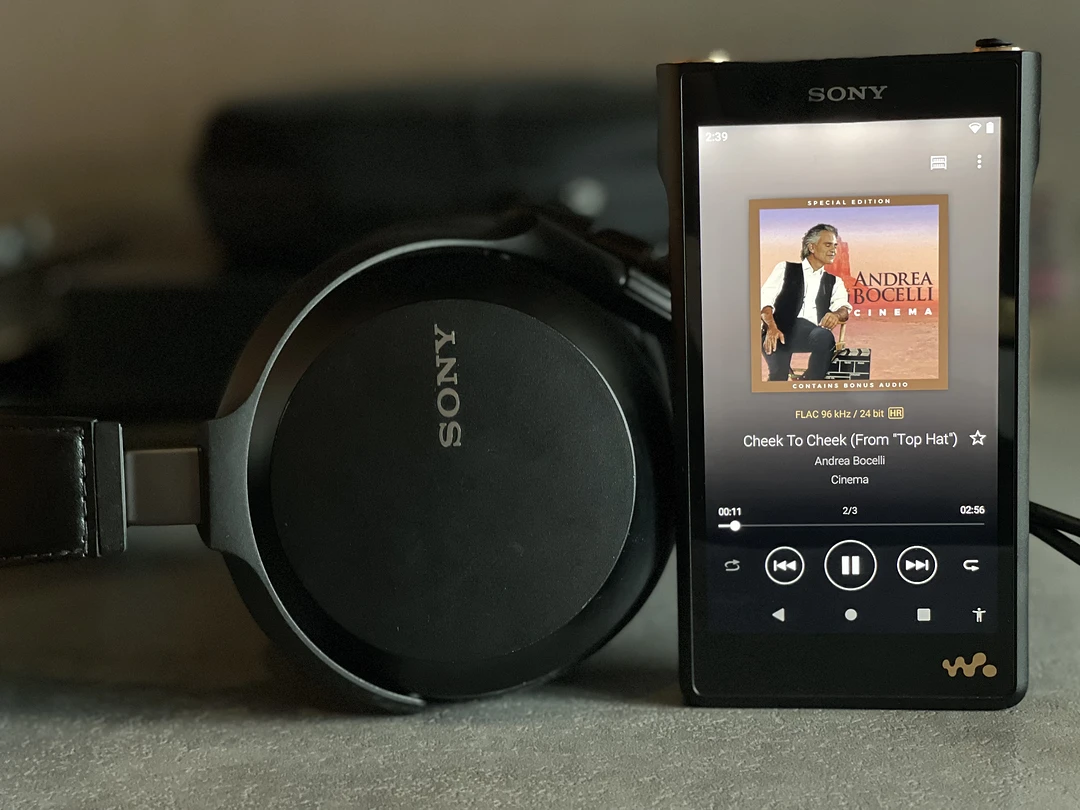
III. Sound Quality: The Heart of the Matter
A. Overall Sonic Signature
The SONY MDR-Z7M2 headphones are frequently lauded for their excellent sound quality, often characterized by reviewers as rich, punchy, crisp, accurate, and ultimately, fun to listen to . A key specification contributing to this performance is the wide frequency range of 4 to 100,000Hz . This extended range allows the headphones to reproduce the full spectrum of audio frequencies present in Hi-Res audio files, capturing subtle nuances and details that might be missed by headphones with a narrower frequency response. One reviewer described the overall sound signature as slightly warm , which could indicate a gentle emphasis on the lower frequencies, potentially contributing to the perceived richness and punchiness.
B. Bass Performance
The bass performance of the MDR-Z7M2 is a recurring highlight in many reviews. It is frequently described as strong, rich, solid, deep, and tight . Some users have expressed particularly enthusiastic opinions, labeling the bass as "incredible" and the sub-bass as "unreal" , suggesting a powerful and well-defined low-end that can add significant impact to music. This robust bass response could be particularly appealing to listeners who enjoy genres like electronic dance music or hip-hop. However, it's important to note that bass perception is subjective. While many praise the bass, one reviewer found it "lackluster" without the use of equalization , and another described it as "very bass-heavy," cautioning those sensitive to lower frequencies . These contrasting views highlight that the bass response, while generally a strength, might not be universally preferred and could be influenced by individual listening preferences and the specific audio content.
C. Midrange Performance
The midrange performance of the MDR-Z7M2 appears to be more nuanced, drawing a mix of reactions from reviewers. Generally, the midrange is described as realistic and not overly recessed , suggesting a balanced presentation where vocals and many instruments are not overshadowed by the bass or treble. However, some users have noted instances where the mids can sound "distant" , and one reviewer felt they were "hollowed out" in comparison to the prominent bass response . These observations suggest that while the midrange is generally competent, it might not be the absolute strongest aspect of the Z7M2's sonic profile and could potentially lack some of the clarity or forwardness that some listeners prefer. Additionally, one reviewer pointed out a slight "honky" sound, potentially attributed to a peak around the 3kHz frequency range , which could introduce a degree of coloration to the sound.
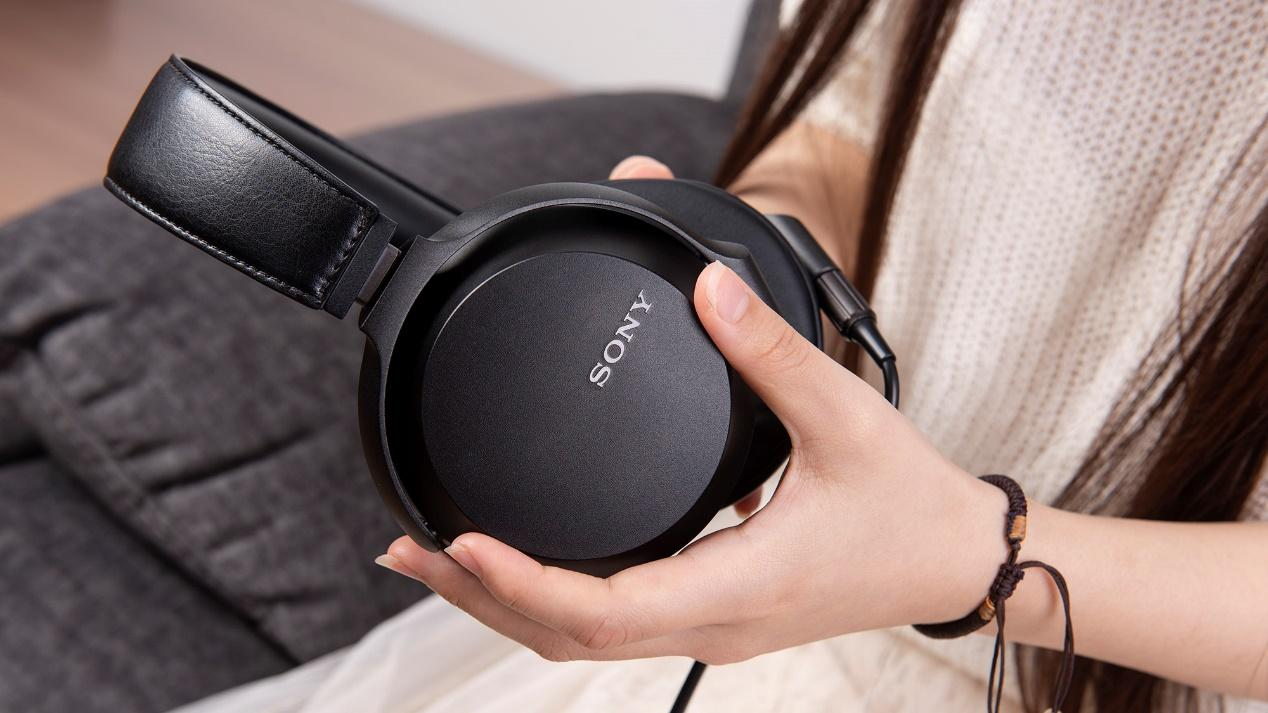
D. Treble Performance
The treble performance of the SONY MDR-Z7M2 is generally well-received, with descriptions often including terms like "airy" and noting the absence of harsh sibilance . This suggests a smooth and potentially non-fatiguing high-frequency presentation. However, when compared to Sony's higher-end MDR-Z1R model, the treble is noted to feel "a bit rolled off," possessing less energy and perhaps fewer of the finer details . A rolled-off treble can contribute to a smoother overall sound, which some listeners might find preferable for extended listening, but it could also mean a slight compromise in the reproduction of high-frequency nuances and the overall sense of spaciousness or "air" in the music.
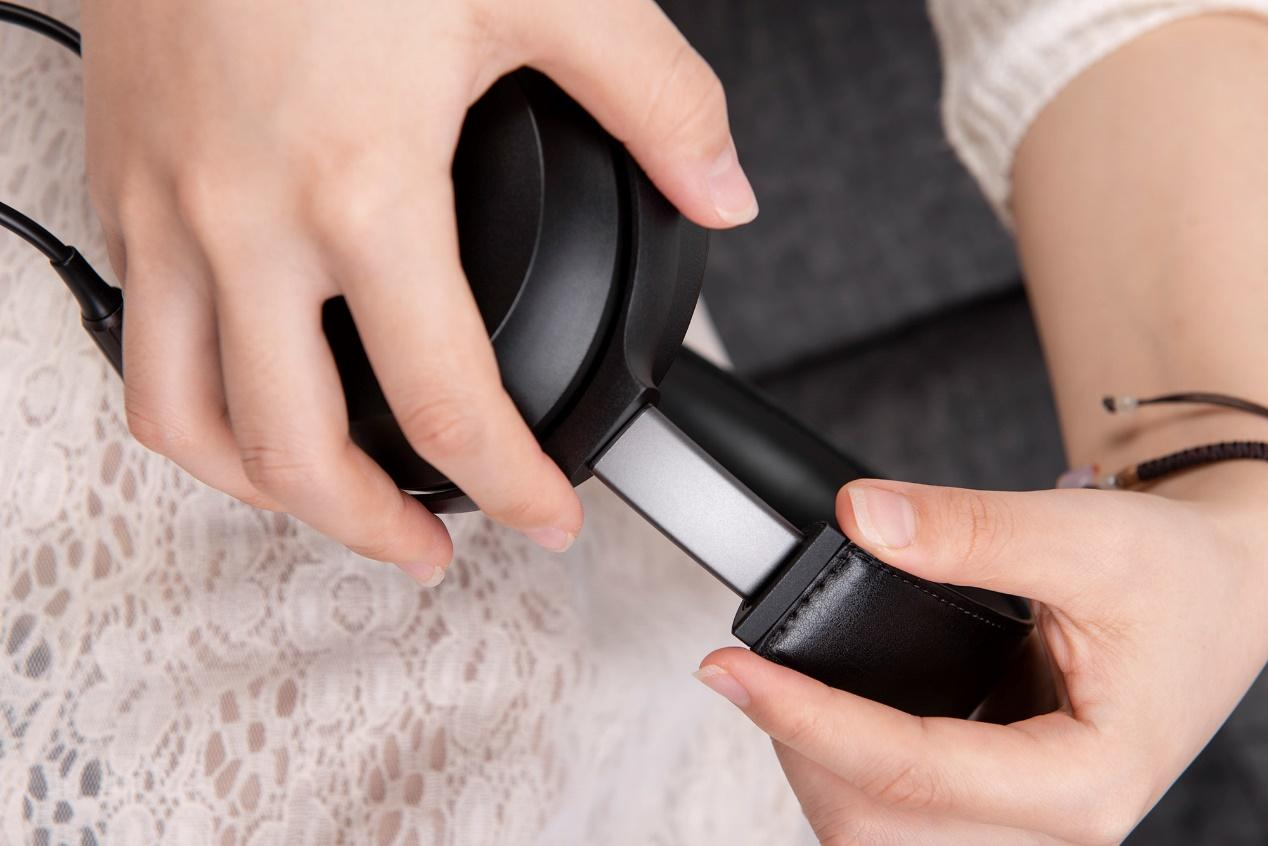
E. Soundstage and Imaging
For a closed-back headphone design, the SONY MDR-Z7M2 is often praised for its soundstage. Several reviewers have described it as large , with one noting it as "wide and deep" and another even calling it "unbelievable" . A wide soundstage in headphones creates a more immersive listening experience, allowing the listener to perceive the placement of instruments in a broader sonic space, rather than the sound being confined within the head. While the soundstage is considered impressive for a closed-back design, it is also noted to be less expansive than that of the open-back MDR-Z1R , which is to be expected given the inherent differences in their designs. Furthermore, many users have reported good instrument separation , indicating that the headphones are capable of clearly distinguishing individual instruments within a complex musical arrangement, contributing to a more detailed and less congested listening experience.
F. Reproduction Accuracy
While the MDR-Z7M2 aims to deliver a high-fidelity listening experience, one reviewer suggested that neither it nor the Campfire Audio Cascade (a headphone it was compared against) were exceptionally accurate in terms of reproduction. This reviewer also noted that the frequency response of the Z7M2 was difficult to gauge purely through listening . This observation implies that the sonic signature of the MDR-Z7M2 might prioritize a pleasing and engaging sound over strict neutrality, which is a common approach in many consumer-oriented high-fidelity headphones.
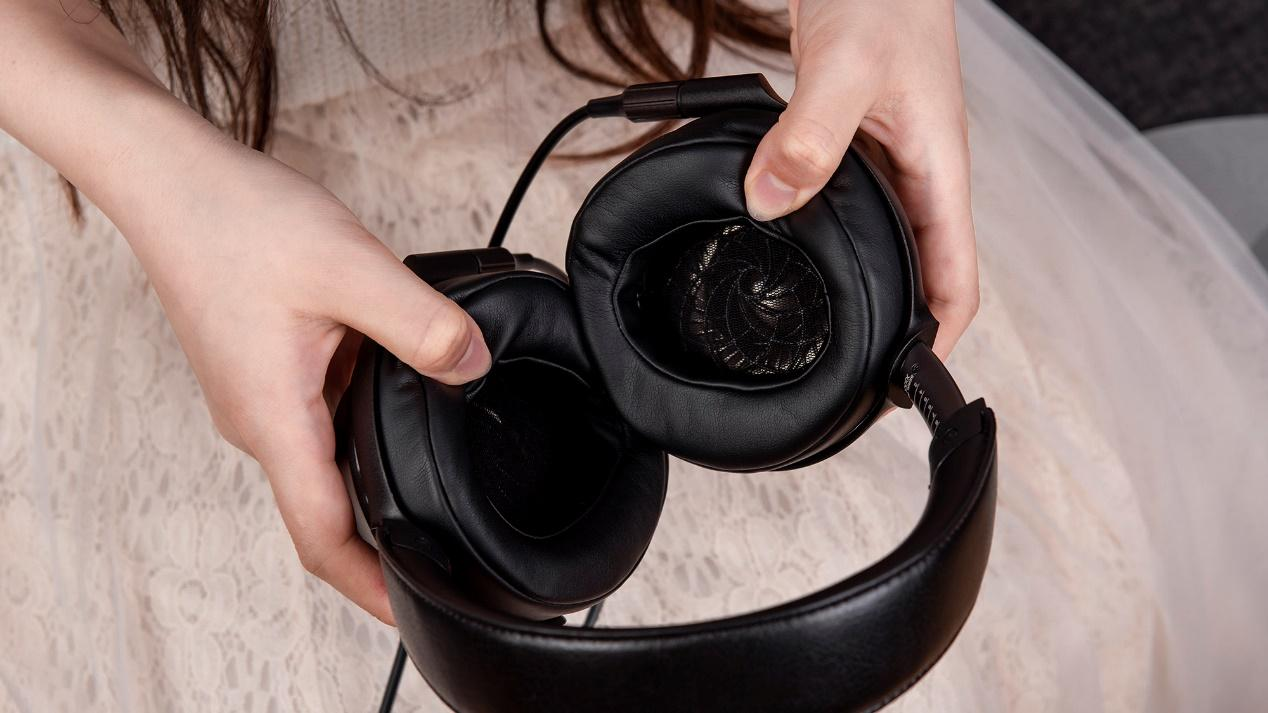
IV. Pros: The High Notes
Based on the analysis of various reviews, the SONY MDR-Z7M2 headphones offer several compelling advantages:
- Excellent Sound Quality: Many users praise the rich detail, clarity, and overall enjoyable sonic performance .
- Comfort: The ergonomic design and comfortable earpads make them suitable for extended listening sessions .
- Good Build Quality: The use of premium materials like aluminum alloy contributes to a robust and well-made feel .
- Wide Soundstage (for a closed-back design): The spacious soundstage provides a more immersive listening experience than many closed-back competitors .
- Strong Bass Response: The rich and powerful bass is a definite highlight for many listeners .
- Versatile Connectivity: The inclusion of both standard and balanced cables offers flexibility for different audio setups .
- Easy to Drive: While a dedicated amplifier/DAC is recommended for optimal performance, they are relatively easy to drive even from smartphones .
- Good Instrument Separation: The ability to clearly distinguish individual instruments enhances the listening experience .
- Value for Money: Many users feel they offer good value, especially when found at discounted prices .
- Stylish Appearance: The overall aesthetic is often described as sleek and well-built .
V. Cons: Areas for Improvement
Despite their many strengths, the SONY MDR-Z7M2 headphones also have some potential drawbacks:
- Soundstage Limitations: While good for a closed-back design, the soundstage is not as wide as that offered by higher-end models like the MDR-Z1R .
- Treble Detail: The treble might lack some of the fine detail and energy found in the Z1R .
- Inconsistent Midrange: Some users report the midrange can sound hollow or distant, potentially affecting the clarity of vocals and certain instruments .
- Potentially Overpowering Bass: The strong bass response might be too prominent for listeners who prefer a more neutral sound signature .
- Synthetic Leather Earpads: The use of synthetic leather instead of potentially more breathable materials like lambskin might be a point of contention for some .
- No Included Case: The absence of a dedicated carrying case is noted as a downside by some users .
- Potential for Heat: The earpads might cause ears to get warm during extended use .
- Grille Proximity: The Fibonacci grille might press uncomfortably against the ears for individuals with larger ears .
- Value Proposition Concerns: Some reviewers feel that the value for money isn't as compelling compared to other models in the same price range .
- Listening Fatigue: One reviewer found the sound to become boring or fatiguing after a period of listening .
VI. Comparison with Competitors: Standing in the Crowd
To better understand the SONY MDR-Z7M2's position in the market, it's helpful to compare them to some of the competitor headphones mentioned in the research:
- SONY MDR-Z1R: As the flagship model, the Z1R generally offers a superior sonic experience, particularly in terms of soundstage and treble detail . However, it comes at a significantly higher price point, making the Z7M2 a more accessible option for those seeking high-quality audio without the top-tier investment. The Z7M2 aims to provide an elevated version of a generally enjoyable sound signature .
- Campfire Audio Cascade: While the Cascade is noted for having a stronger and more emphasized bass response without equalization, the MDR-Z7M2 is reported to offer a wider soundstage and better instrument separation . The Z7M2 is also generally considered more comfortable for extended wear . This suggests that the Z7M2 might be a better choice for listeners who prioritize soundstage and overall balance over sheer bass power.
- Focal MG Clears: One user found the Focal MG Clears to offer a superior sound quality compared to the Z7M2 , implying a potentially higher level of fidelity and detail retrieval. However, the Clears typically reside in a higher price bracket, positioning the Z7M2 as a more budget-friendly alternative with still respectable performance.
- Sennheiser HD 650/660s: Some users expressed a preference for the Sennheiser HD 650 and 660s, particularly citing their midrange performance . This suggests that listeners who highly value a natural and detailed midrange might find the Sennheiser models more appealing than the Z7M2, which has received some criticism regarding its midrange.
- Beyerdynamic DT 1990 Pro: While one reviewer found the Beyerdynamic DT 1990 Pro to sound better than the Z7M2, they also raised concerns about the build quality of the Beyerdynamics compared to the Sonys . This highlights a potential trade-off between sonic performance and build reliability, where the Z7M2 might offer a more robust construction.
- Sony MDR-1AM2: Interestingly, one reviewer felt that the Sony MDR-1AM2 offered better value for money and greater comfort for longer listening sessions compared to the Z7M2 . This suggests that within Sony's own product line, there might be more budget-conscious options that still provide a compelling listening experience, albeit potentially with a different sonic signature.
- Dan Clark/Drop Aeon Open and Closed X: These headphones are mentioned as potentially offering better detail levels in the mid and treble ranges than the Z7M2 at its retail price point , especially considering their often lower price on platforms like Drop. This indicates that there are competitive options in the market that might outperform the Z7M2 in specific aspects of sound reproduction, particularly for discerning listeners seeking maximum detail.
VII. Conclusion: Is the SONY MDR-Z7M2 Your Next Hi-Res Companion?
The SONY MDR-Z7M2 headphones present a compelling package for those venturing into the world of Hi-Res audio or seeking an upgrade from more conventional headphones. They offer a detailed and enjoyable sound signature characterized by a strong and rich bass response, a generally smooth treble, and a soundstage that is impressively wide for a closed-back design. The comfort levels are commendable, making them suitable for extended listening sessions, and the build quality inspires confidence in their longevity. The inclusion of both standard and balanced cables adds to their versatility and appeal to audiophiles with different equipment setups.
However, potential buyers should also be aware of the areas where the MDR-Z7M2 might fall short for some listeners. The midrange performance has received mixed feedback, and the treble, while smooth, might lack the ultimate detail and extension found in higher-end models. The strong bass, while a strength for many, could be overwhelming for those seeking a more neutral sound. Furthermore, the competition in this price range is fierce, with alternatives offering potentially superior performance in specific areas like midrange clarity or treble detail.
Ultimately, the SONY MDR-Z7M2 headphones are a strong contender for those who prioritize a comfortable, well-built closed-back headphone with an engaging and detailed sound, particularly if they appreciate a prominent and well-defined bass. They represent a solid step towards experiencing the nuances of high-resolution audio and offer a compelling alternative to Sony's flagship model at a more accessible price point. Whether they are the ideal Hi-Res companion will depend on individual listening preferences and priorities, but they certainly warrant serious consideration for anyone looking for a premium closed-back headphone experience.
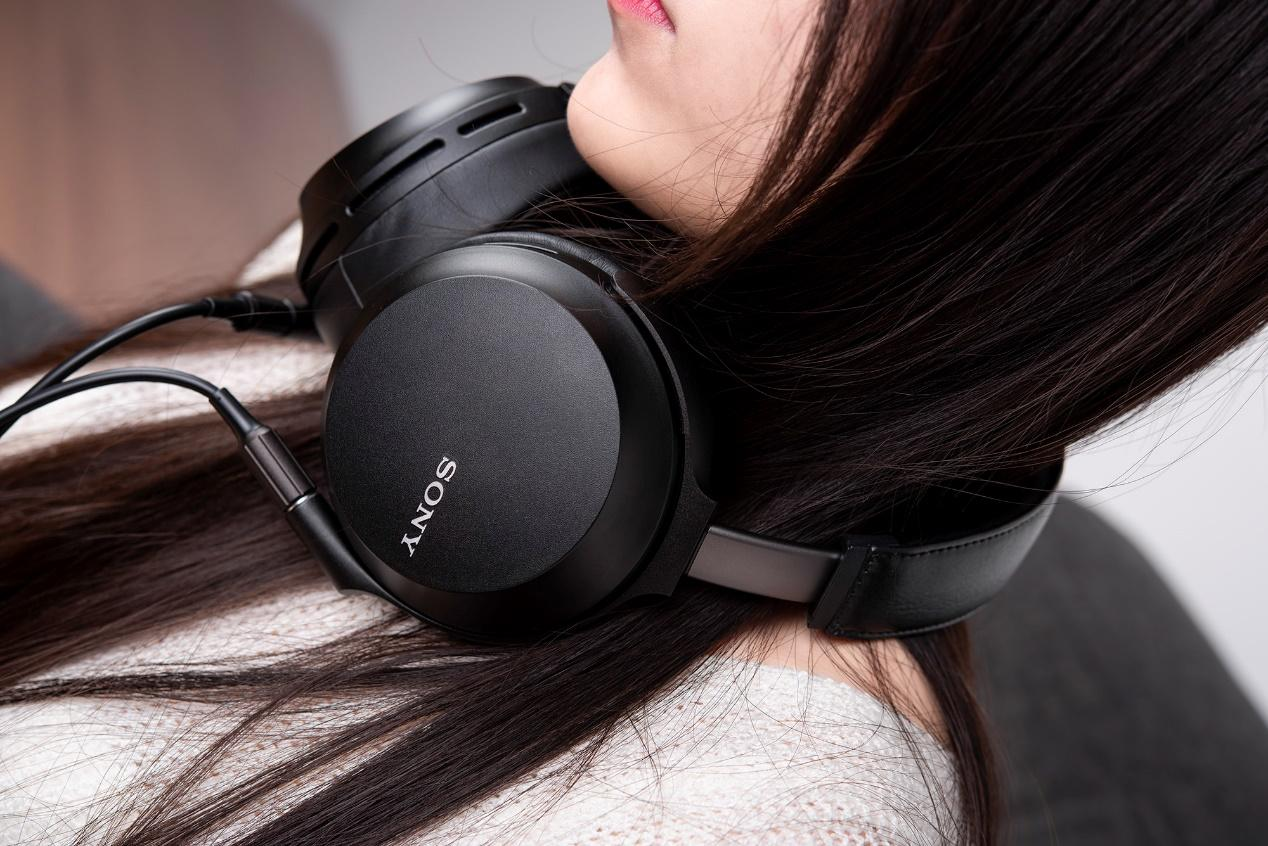
Table 1: Pros and Cons Summary
| Pros | Cons |
|---|---|
| Excellent sound quality with rich detail and clarity | Soundstage not as wide as higher-end models |
| Comfortable for long listening sessions | Treble might lack detail and energy of Z1R |
| Good to great build quality with premium materials | Inconsistent midrange performance |
| Wide soundstage (for a closed-back design) | Bass might be too heavy for some listeners |
| Strong and rich bass response | Synthetic leather earpads |
| Includes both standard and balanced cables | No dedicated case included |
| Relatively easy to drive | Can potentially get hot during extended use |
| Good instrument separation | Fibonacci grille might press into ears for some |
| Good value for money (especially on sale) | Value for cost might be debatable |
| Stylish appearance | One reviewer found sound fatiguing over time |
Comparison Table with Key Competitors
| Model | Key Strengths (Relative to Z7M2) | Key Weaknesses (Relative to Z7M2) | Price Range (Approximate) |
|---|---|---|---|
| SONY MDR-Z1R | Wider soundstage, more treble detail | Higher price | $1800 - $2000 |
| Campfire Audio Cascade | Stronger bass (without EQ) | Narrower soundstage, less instrument separation, potentially less comfortable | $700 - $800 |
| Focal MG Clears | Potentially superior overall fidelity | Higher price | $1500 - $1600 |
| Sennheiser HD 650/660s | Potentially better midrange performance | Soundstage might be narrower (depending on model) | $300 - $500 |
| Beyerdynamic DT 1990 Pro | Potentially better sound (for some) | Build quality concerns (compared to Z7M2) | $500 - $600 |
| Sony MDR-1AM2 | Better value, potentially more comfortable | Likely less detailed sound, narrower soundstage | $300 - $400 |
| Dan Clark/Drop Aeon Open/Closed X | Potentially better detail in mids and treble | Bass might be less emphasized | $400 - $500 |





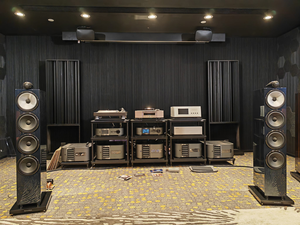
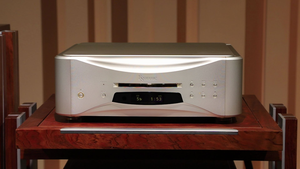
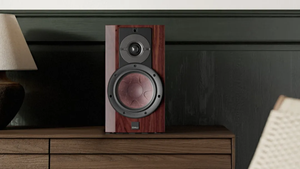
Comments